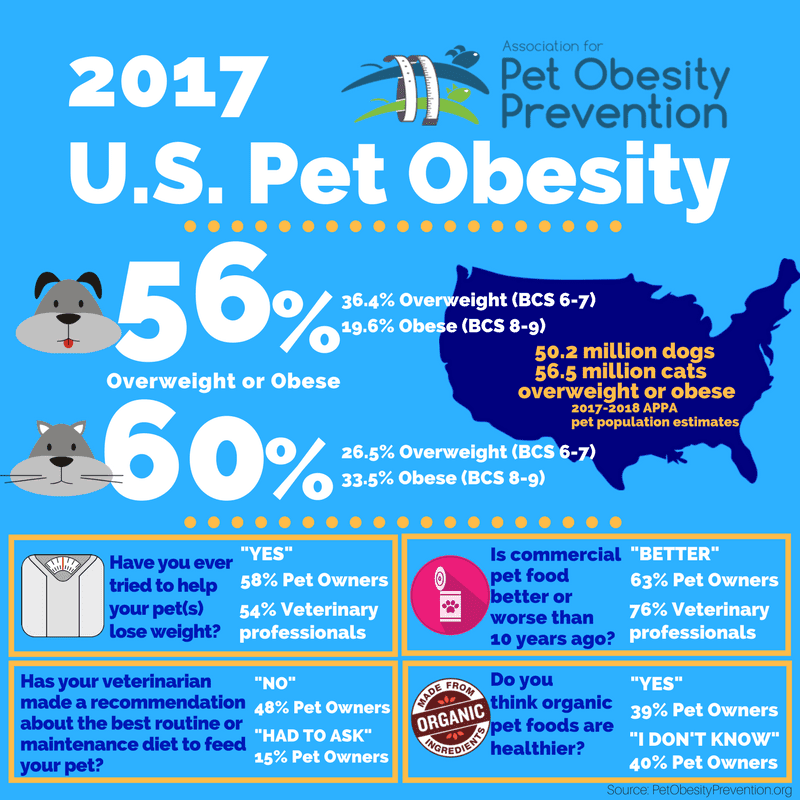Did you know that diabetes in dogs and cats is a common illness? Just like with people, certain factors make some pets more likely to develop diabetes. The good news is that a primary factor, obesity, is completely within your control.
 Obesity Greatly Increases Risk of Diabetes in Dogs and Cats
Obesity Greatly Increases Risk of Diabetes in Dogs and CatsFat cats and pudgy pups are much more likely to develop diabetes than their svelte counterparts. Not only that, they are also more likely to end up with arthritis, kidney disease, heart disease, dermatologic conditions, lipomas, and more. Unlike humans, pets don’t have the ability to go out and buy chicken nuggets on a whim, and without us, even their exercise is limited. This means that their weight and corresponding health are our responsibility.
For diabetes in dogs and cats, prevention is worth more than a pound of cure… because there isn’t a cure. An early diagnosis and careful management can still allow pets to live happily for years. By comparison, late diagnosis and improper management can result in severe illness or death. This is why it’s so important keep your pets fit, be sure they have their annual wellness exams, and report any possible symptoms to your vet promptly.
 Help Your Pet Lose Weight
Help Your Pet Lose WeightEven if your pet has been overweight for years, it’s never too late to turn back the clock a bit. The internet is full of advice on pet diets, and much of it is inaccurate or incomplete. The perfect starting point is to talk to your vet about nutrition and weight management to determine what is really appropriate for your particular pet based on their age, activity level, and any other possible medical conditions. Remember, vets learned a ton about the science of nutrition over several years in veterinary school, so use them as a resource!
Broadly speaking, be sure that you aren’t ever feeding “junk food” to your pets. Unhealthy table scraps, high-calorie but low-nutrition treats, and too many treats are common culprits. Meal portions may also be too big for your pet’s needs. Looking for options for healthy treats? Your own kitchen is a good place to start. Learn more in our article, “11 Natural, Healthy Treats for Dogs in Your Kitchen”.
This is where exercise also plays an important role. It doesn’t have to be a chore. Exercise can be so much fun for both of you! Play with your cats with their favorite toys to keep them active, throw a ball for your dog every day, or take them for a neighborhood walk that is good for both your bodies! And the added bonus: this is great bonding time for your pets and your family.